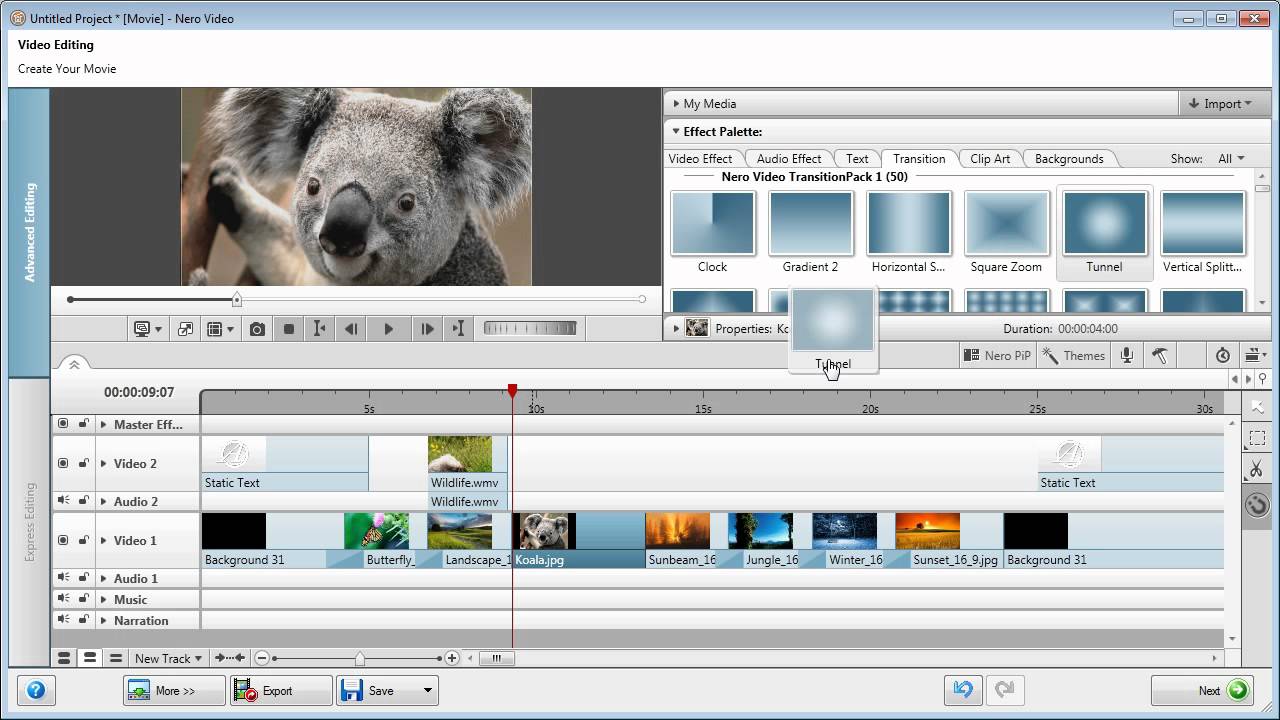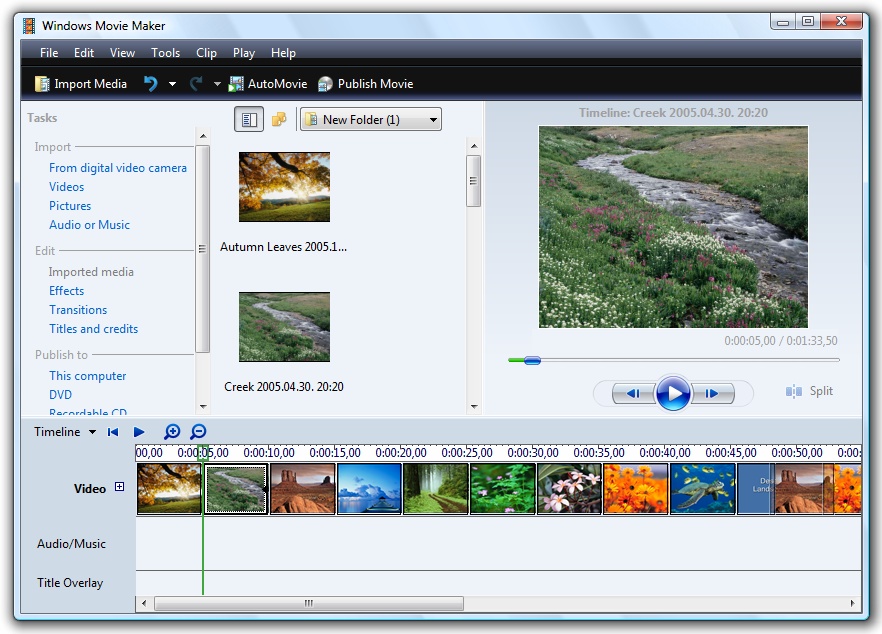
Okay, you know what you want to make your video about and have mapped out the best way to convey your point in as brief a manner as possible, but you don't really know where to start when it comes to the creation process. What kind of software do you use? Will it take classes for you to learn how to use said software? With so many options out there, what is the best choice for you, especailly when you're probably working on a budget?
To that end, here are some software choices to help put together your videos as well as record and optimize the seperate audio tracks that you will occassionally have to record in order to place narration within the final product.
| Nero Video |
- $49.95
- Windows 7, 8, 8.1, 10
|
|
Similar Apple's iMovie or Sony's Vegas Pro but less than a tenth of the price; this program allows users to create multi-audio tracked videos, seamlessly stitch together multiple video clips, and create a product of a particular filesize very easily. It also allows for the addition of multiple streams of closed captioning. |
| Windows Movie Maker 2012 |
- Free
- Windows 7, 8, 8.1, 10
|
|
While no longer supported by Microsoft (and no longer available on thier website), this program can be easily obtained from freeware and abandonware sites. It allows you to stitch together multiple video clips and image files as well as overlay a single soundtrack or audio file. |
| Nero WaveEditor |
- Free
- Windows 7, 8, 8.1, 10
|
|
Allows the user to record, edit, and optimize sound files. Fairly rudimentary in function but very easy to use. |
| Audacity |
- Free
- Windows 7, 8, 8.1, 10; Mac; GNU/Linux
|
|
An open-source audio editing program that gives its user a lot of bang for no bucks. The only way to get a program better than this would be to actually pay for it. The downside of all the functionality is that it is harder to use than Nero WaveEditor, but there are plenty of tutorial videos available online to help you navigate. |
While the most important element of any video is the content, standing on equal footing with that is how well the video is constructed. It's not enough just to put up a moving image of you standing static in front of a nice background or having several screens full of text. For a video to work, it has to take advantage of its visual nature and be appealing to the eye without providing too much for the eye and the mind to process. This chart will help you better balance the amount of time dedicated to text and moving images so that your students stay engaged as well providing resources to help you get started.
Of course, this IS NOT advocating using anything that falls outside of the Fair Use Guidelines set by your creative purpose. To help you out, here is a checklist (created by Columbia University) that can help you figure out where the line is for your particular video and what you can use to help you stay within the law.




